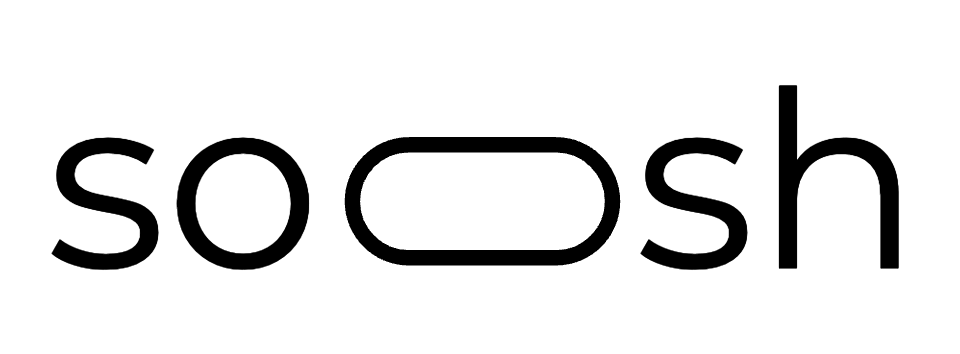What is a Rollup? - Scratching the Surface with Soosh

What is Scratching the Surface with Soosh? Its a new mini project of mine to provide some context to the world of crypto, finance etc in bite sized written format. As the name suggests, everything here is at surface level (i.e. no deep dives or extremely details/heavy datasets), just enough to get your curiosity to tingle~ so you can learn!
Today's topic: What is a Rollup?
To understand what a Rollup is, we need to first go over a few other fundamental definitions, when it comes to blockchains and the ecosystem working together.
Layer 1
is the base blockchain network—the foundational protocol layer. It handles everything from processing transactions to managing the network’s security, data availability, and consensus. Some well-known Layer 1 blockchains:
• Ethereum
• Bitcoin
• Solana
• Avalanche
• Cardano
Layer 1 is is responsible for Validating and confirming transactions, Storing data on-chain, Running smart contracts (on platforms like Ethereum) and Maintaining network consensus (proof-of-work, proof-of-stake, etc.).
Basically, Layer 1 is where everything happens by default. But it’s also where limitations appear—like slow speeds and high fees when demand spikes. In simple words, Layer 1 is a robust database.
Layer 2 / Rollup
A Rollup is a type of Layer 2. A Rollup is a type of Layer 2 scaling solution for blockchains, especially Ethereum. It helps the blockchain process more transactions faster and cheaper, while still relying on the security of the main chain (Layer 1).
Why do we need a Layer 2/Rollup?
Blockchains like Ethereum can be slow and expensive because they try to process and store everything on-chain (on Layer 1). This keeps things secure and decentralized—but it limits scalability. So we would use Layer 2 solutions (like Rollups, sidechains, state channels) to handle most of the action off-chain, then report back to Layer 1 to ensure it’s all legit. Think of Layer 2 as the “scaling assistant” to Layer 1.
An example of thinking: If Layer 1 is the main court in a legal system—handling all official rulings—Layer 2 is like a fast-track arbitration process. Most cases get handled off-site, but the final ruling still gets filed with the main court for record and legitimacy.
Another way of thinking: Imagine Ethereum is a busy highway (Layer 1). A Rollup is like a high-speed bus (Layer 2) that picks up lots of people (transactions), drives on a faster, cheaper side road, and only merges back into the highway occasionally to drop off a summary of its trip.
Benefits of a Layer 2
A Rollup is like a bundle of transactions that gets “rolled up” into one single summary, which is then sent to the main blockchain.
• Instead of every transaction being verified on Layer 1,
• A bunch of them are processed off-chain (on Layer 2),
• Then they’re compressed and posted to Layer 1 in a single, efficient batch.
This gives:
• ✅ Lower gas fees (transaction cost)
• ✅ Faster transactions
• ✅ The same security as Layer 1 (because the data is still posted on-chain)
Two Main Types of Rollups:
Optimistic Rollups
• They assume transactions are valid by default.
• There’s a “challenge period” where people can dispute fraudulent transactions.
• Examples: Optimism, Arbitrum
ZK (Zero-Knowledge) Rollups
• They use cryptographic proofs (called zk-SNARKs or zk-STARKs) to prove transactions are valid.
• No need for a challenge period.
• Often faster finality but more complex tech.
• Examples: zkSync, StarkNet, Scroll
Until next time on the next scratching the surface with soosh!
*this article is for curiosity only and nothing stated within should be taken as tax and financial advice. DYOR!
